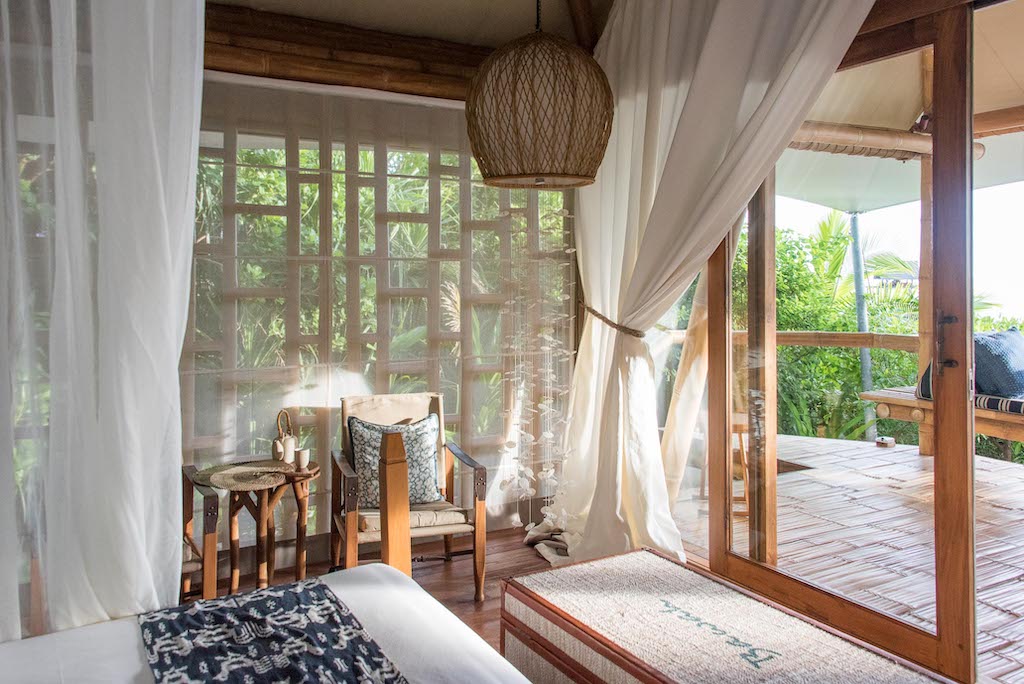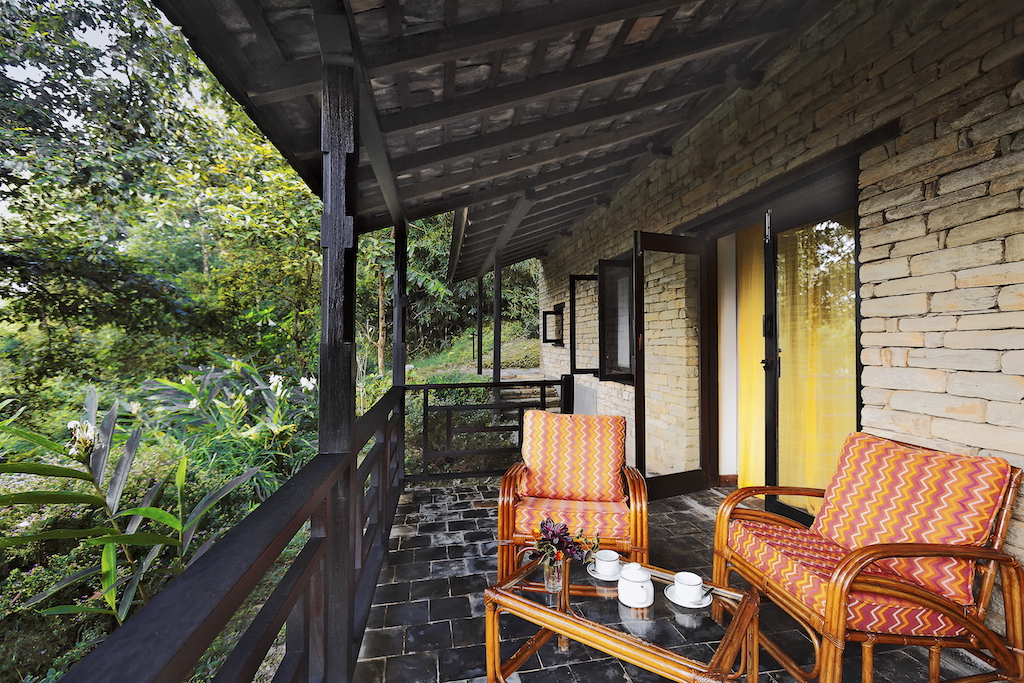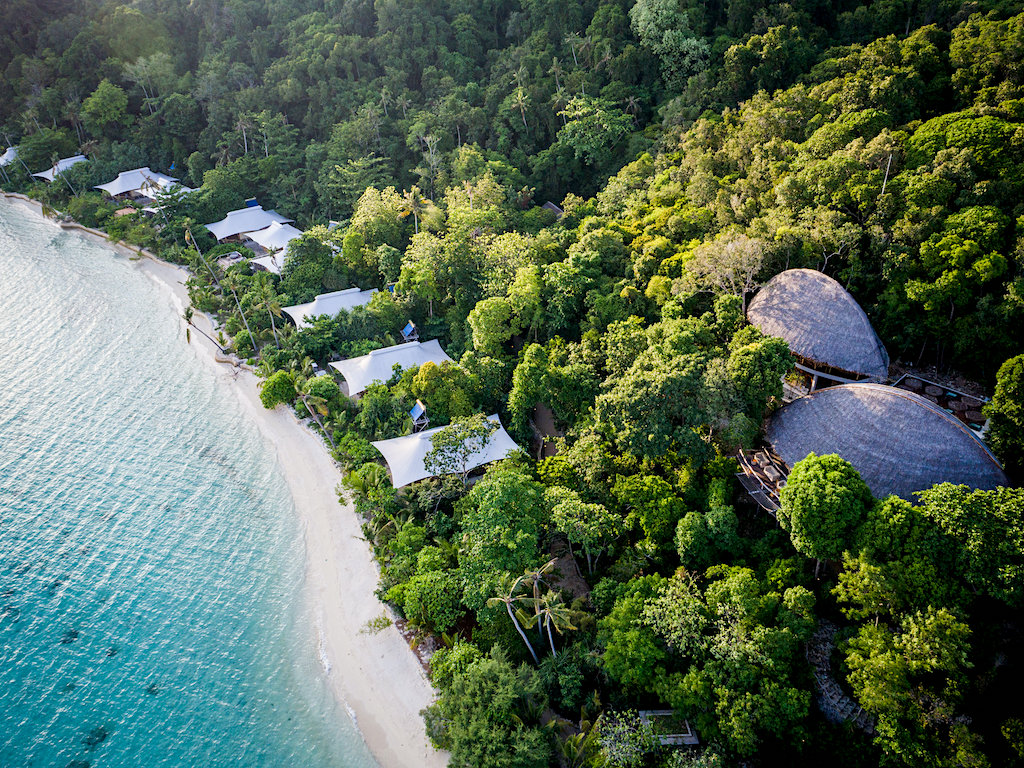6 Mins Read
Regenerative Travel is a travel booking platform offering eager travellers an easy way to choose sustainable tourism. But what does that mean, exactly?
With its network of more than 50 independently owned eco-luxury boutique hotels, Regenerative Travel hopes to transform the tourism and hospitality industry into one that leaves behind a positive environmental and social impact. In 2020, the company, which is set up as a benefit corporation, hosted a summit to bring together industry stakeholders and experts to discuss how regeneration will be the key to rebuild the tourism sector in the post-pandemic era and climate-stricken world.
We recently spoke to the co-founder of Regenerative Travel, Amanda Ho, to learn more about what regenerative travel really means, the future trends set to take over the tourism and hospitality scene, and how we can each make a difference through conscious decisions.
GQ: What is “regenerative travel” and how is “regenerative” different from “green” and “sustainable”?
AH: In simplistic terms, the term “green” is about doing less damage, “sustainability” is about reaching net-neutral, and “regeneration” is actually making it better. Regeneration is to transform and develop a collaborative relationship with nature, as Bill Reed, the pioneer behind this concept, says. We believe that the travel industry must move beyond sustainability to regeneration, especially during this time in light of the pandemic. It is an ongoing journey that is to be continually improved upon.

To travel in a regenerative way is more than just offsetting your carbon footprint for flights, it’s about understanding the impact your tourism dollar makes on the destination you are travelling to and the companies that you choose to support as a consumer. If we look at the general state of green design and a majority of green hospitality projects, most are addressing efficiency issues such as saving energy or recycling which is only doing “less bad.”
Regeneration takes into account the history of a place in order to understand one’s role as a steward of the location and its people. On the other hand, the usual approach for a “sustainable or eco-resort” is more transactional where the resort will simply hire the local community and give them work. Regenerative Travel is different because we invite hotels to join the Regenerative Resorts collection based on the owner’s values of regeneration and their commitment to furthering that journey.
GQ: What are some of the key regenerative travel trends that you’re seeing right now?
AH: One of the trends we will be seeing now in travel and hospitality is a shift from focusing on just environmental practices, but upholding social inclusions into all aspects of operations – thoughtful business practice. This means properties will need to demonstrate consideration and commitment to constant improvement with regards to every element of its operation, taking into account the wellbeing of the wider communities and ecosystems in which the property operates.

Furthermore, we also see more emphasis being placed on honouring the sense of a place. Travellers want hotels to be harmonious with its surroundings, promoting and enabling practices which are respectful of, inclusive of and sensitive to the local people and natural environment. This means hotels and travel companies are welcomed by the local populations and provides them with economic and professional opportunities.
Thirdly, inclusivity, diversity, and social justice. In light of the pandemic and the Black Lives Matter movement, a lack of representation is no longer acceptable. Travel companies will be expected to be overtly welcoming of all people both as employees and as guests and consciously work to even the current imbalance for underrepresented communities.
And finally, taking a responsible environmental approach. At a minimum, travel companies need to demonstrate awareness of the environmental impact of their activity and show commitment – within their resources – to reducing or mitigating such impact on an ongoing basis.
GQ: Do you have some examples of how hotels are considering communities and social impact as well as the environment?
AH: In Nay Palad Hideaway in the Philippines, for instance, has been constructed by master Filipino craftsmen using only local materials and the finest modern amenities. Its program, the Medical Mission, aims at improving the health of thousands of children on the island such as supporting local schools, like the Malinao Elementary School, just a few steps from the property.

Meanwhile, Cambodia’s Shinta Mani Wild funds a Wildlife Alliance ranger station within its camp and encourages guests to join the rangers in their work. The accommodation also employs 70 percent of their staff from the local village to help bring economic opportunities to the area.
The Tiger Mountain Pokhara Lodge in Nepal has a long-standing partnership to improve school facilities, teaching skills, and provide school supplies, and also supports the Community Forest User Group to regenerate the local forest environment including wages for a community forest ranger.
GQ: Regenerative travel seems like it could end up being a whole other area of greenwashing with resorts or hotels using it as a buzzword. What are your views on this concern?
AH: Regenerative travel is not just another buzzword, it is a paradigm shift. Sustainable travel was just the first step. Especially now, while we are still navigating Covid-19, there is a need for us to begin to repair and replenish.
Regeneration is a concept that has been applied across other fields like regenerative agriculture or regenerative medicine – it is a practice you can apply to any part of your life. It is not being green or sustainable, it is a holistic approach to living. Regeneration requires a new mental model, language, and framework of thinking. In order to move from sustainable to regeneration, you have a whole systems approach that creates abundance for all stakeholders – the land, the people and community, and the wildlife. The most surprising thing we have found is that once travelers have experienced a “regenerative” way of traveling, they don’t want to go back to how they were traveling before.

GQ: What are some of the top ways a conscious traveler can make regenerative travel choices?
AH: Respect local cultures and communities you travel to, seek to understand and learn from locals, eat plant-based meals whenever possible, support local shops and restaurants, go off-season, and choose hotels or resorts that put the environment and people first.
GQ: Is traveling less a part of the regenerative travel mindset?
AH: As travelers what’s more important than ever is taking into consideration how we travel when we do. The world’s fragility becomes ever more apparent as we navigate to the pandemic as so do ecosystems and communities. We will all be traveling less, but when we do, it will be even better.
All images courtesy of Regenerative Travel.




